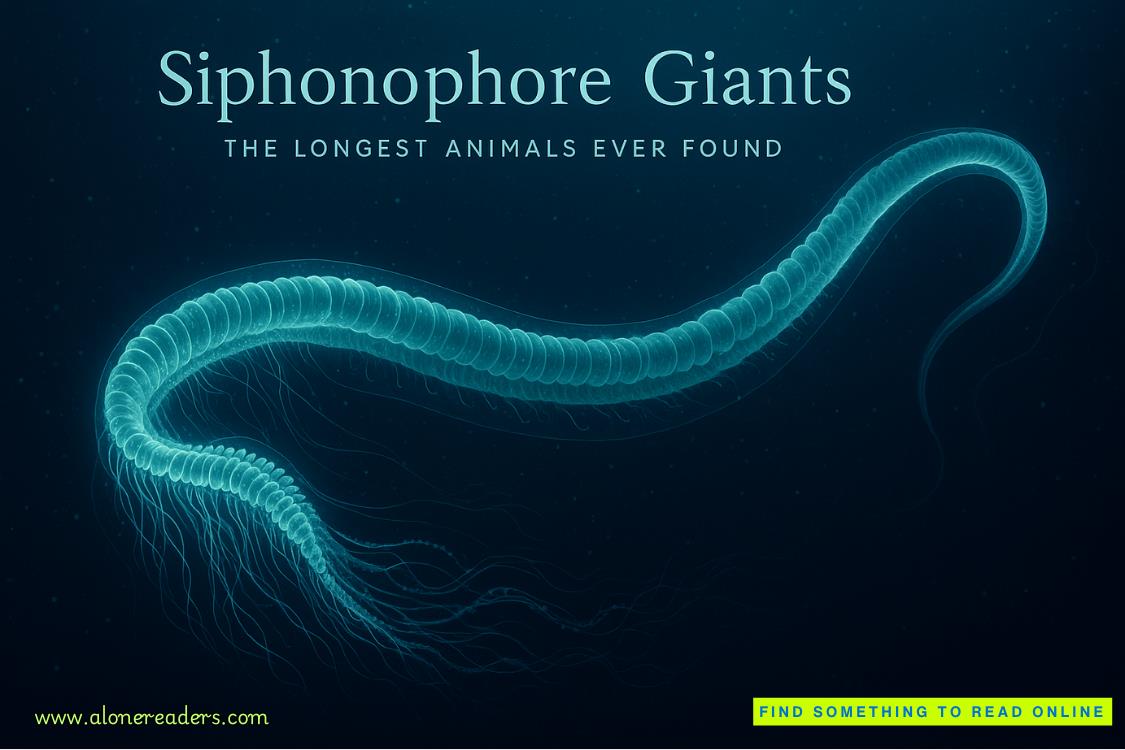Chapter
One
Grizzly shifter Ivy Brightarrived at the Bright Institute an hour before anyone else, eager to get ahead on her work. She hummed while arranging soil samples in neat rows, her fingers applying labels with careful handwriting.
Ivy tucked a stray curl behind her ear, her bright yellow blouse matching her sunny smile. As the daughter of Corey Bright, founder of the shifter school and research facility, she always felt pressure to prove herself.
She checked the soil incubator temperature before moving to her workstation. In the quiet lab, Ivy’s smile faded. Her shoulders slumped as tiredness washed over her. She rubbed her temples, fighting a headache from too many late nights.
“Keep it together, Ivy,” she whispered. “Everyone’s counting on you.”
Her thoughts drifted to her previous project and the hurt that lingered six months later. Dr. Philip Wells had published her research with his name as lead author. Her father’s gentle “Iwarned you about sharing too freely” had stung worse than any scolding.
Footsteps echoed in the hallway. Ivy straightened up, her smile returning as naturally as flipping a switch. By the time the door opened, she was humming as if she hadn’t just been fighting exhaustion.
“Morning, everyone,” she called cheerfully as three researchers entered, chatting about weekend plans.
“Dr. Bright, you’re here early again,” said Bridget, the newest intern in the lab, dropping her bag on a nearby stool.
“I love mornings,” Ivy replied with a light laugh. “Besides, these soil samples won’t test themselves.”
Inside, her mind juggled a dozen priorities, the weight pressing against her chest. Yet no one would ever know. That was the Ivy Bright method. Sunshine outside, no matter the storms within. Moments later, Bridget approached, holding a soil testing kit. “Dr. Bright? I’m having trouble with this equipment.”
“It’s just Ivy, please,” she corrected gently. “And it’s no problem. These monitors can be tricky at first.”
She spent fifteen minutes showing Bridget the procedure, explaining each step patiently. When the intern finally got it right, Ivy beamed with real pleasure at the young woman’s success.
“See? You’ve got this. You’ll be running these tests in your sleep before long.”
The lab buzzed with activity as everyone settled into their morning work. Ivy checked her watch and gathered her presentation materials, butterflies in her stomach despite herconfident face. The nature center meeting would decide if her vision moved forward or faced more questions from the board.
Ivy walked through the institute’s hallways, greeting each person by name. The building’s design reflected a mixture of traditional shifter values and modern science. Wooden beams met glass walls, with sunlight filling every workspace. Plants grew in every corner, making the facility feel like part of the forest.
“Morning, Dr. Peterson. How’s that arthritis treatment going?”
“Hi there, Amber. Did your daughter get into that summer program?”
With each chat, Ivy built the connections that made the institute feel like a family rather than just a workplace. Her knack for remembering personal details about everyone was well-known, though few knew how hard she worked at it, keeping notes on conversations to make sure she never forgot something important to a colleague.
As she neared the conference room, her nervous energy changed to excitement. This meeting was the result of two years of planning and proposals. The nature center would teach both shifters and humans, furthering her father’s dream.
Ivy paused at the door, took a deep breath, and walked in smiling. The room went quiet, a dozen pairs of eyes watching her move to the front. Board members sat with looks ranging from friendly to doubtful. Architects flipped through early designs. Environmental planners studied reports.
“Good morning, everyone,” Ivy began, her voice warm but sure. “Thank you all for coming to this presentation. I’m excited to share our progress on the Fate Mountain Nature Center.”
She started her presentation with enthusiasm, smoothly showing slides that highlighted the project’s potential. The center would feature hands-on exhibits about local wildlife, forest care, and mountain ecosystems.
“As you can see from these numbers,” Ivy continued, pointing to a graph showing expected visitors, “we expect to welcome over fifteen thousand guests each year within the first three years. That means fifteen thousand people learning about conservation directly from those who understand it best.”
She noticed several board members who had arrived with crossed arms now leaning forward with interest. Dr. Yamamoto, usually hard to impress, was nodding along with her points.
“And now, I’d like to introduce Ronald Vance, the contractor who will oversee construction if we get final approval today.”
A tall man with broad shoulders and a confident smile stood up. Ronald Vance looked professional in his tailored suit, yet his rough hands showed someone familiar with physical work. He moved beside Ivy.
“Thank you, Dr. Bright,” he said, his deep voice carrying easily. “I’m excited to show you the building methods we’ll use for this project.”
Vance clicked to the next slide, showing animated pictures of the construction process. His presentation built perfectly on Ivy’s, explaining how reused timber, stone, and new insulation materials would make the nature center a model of green construction.















